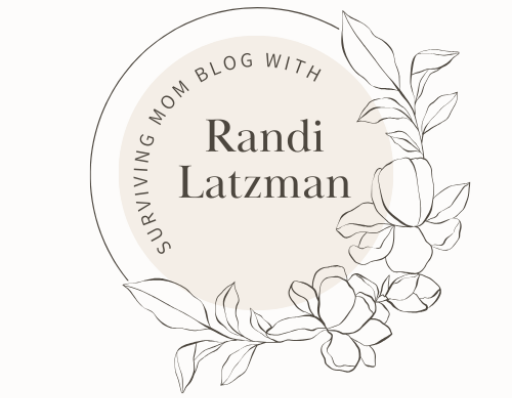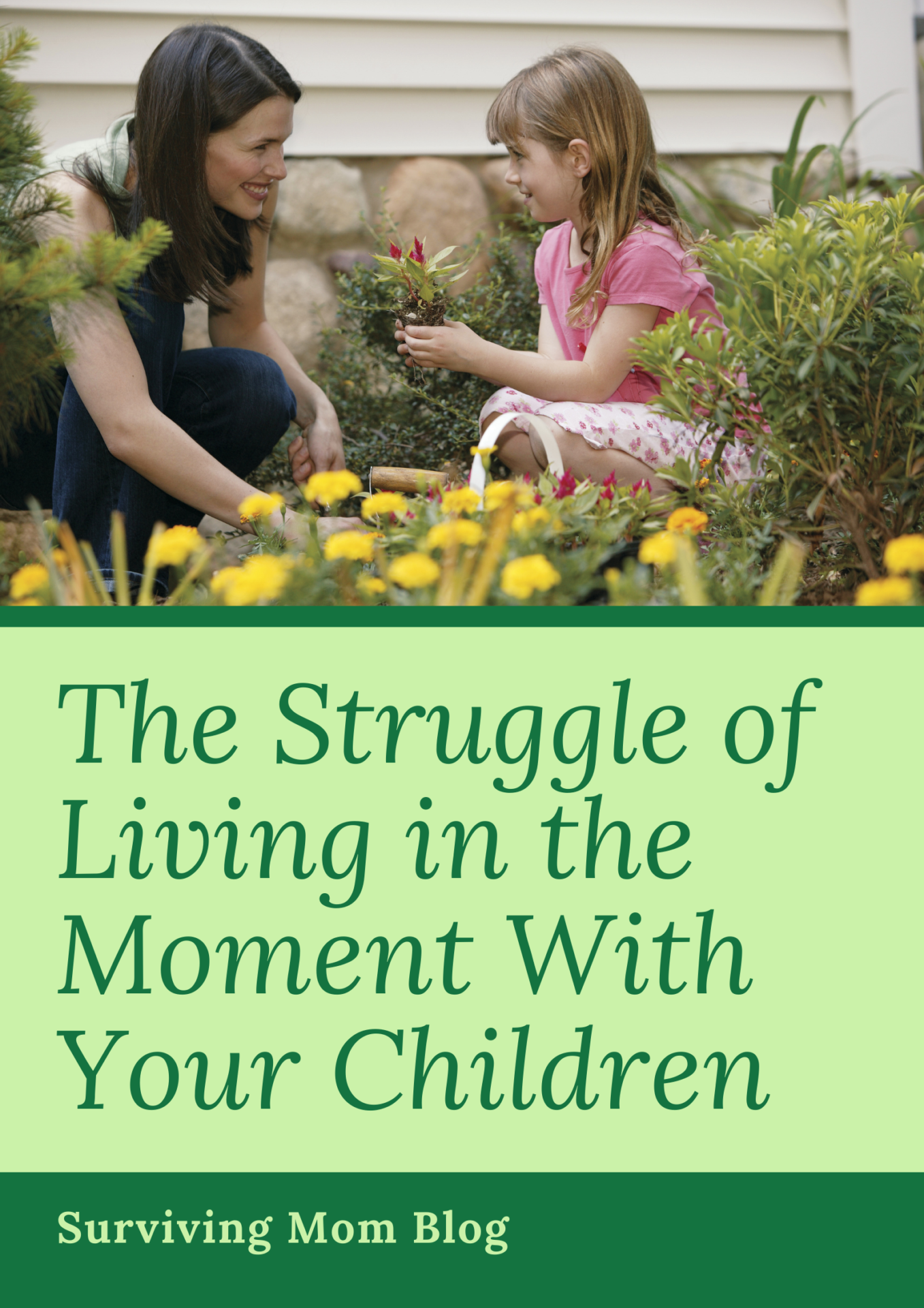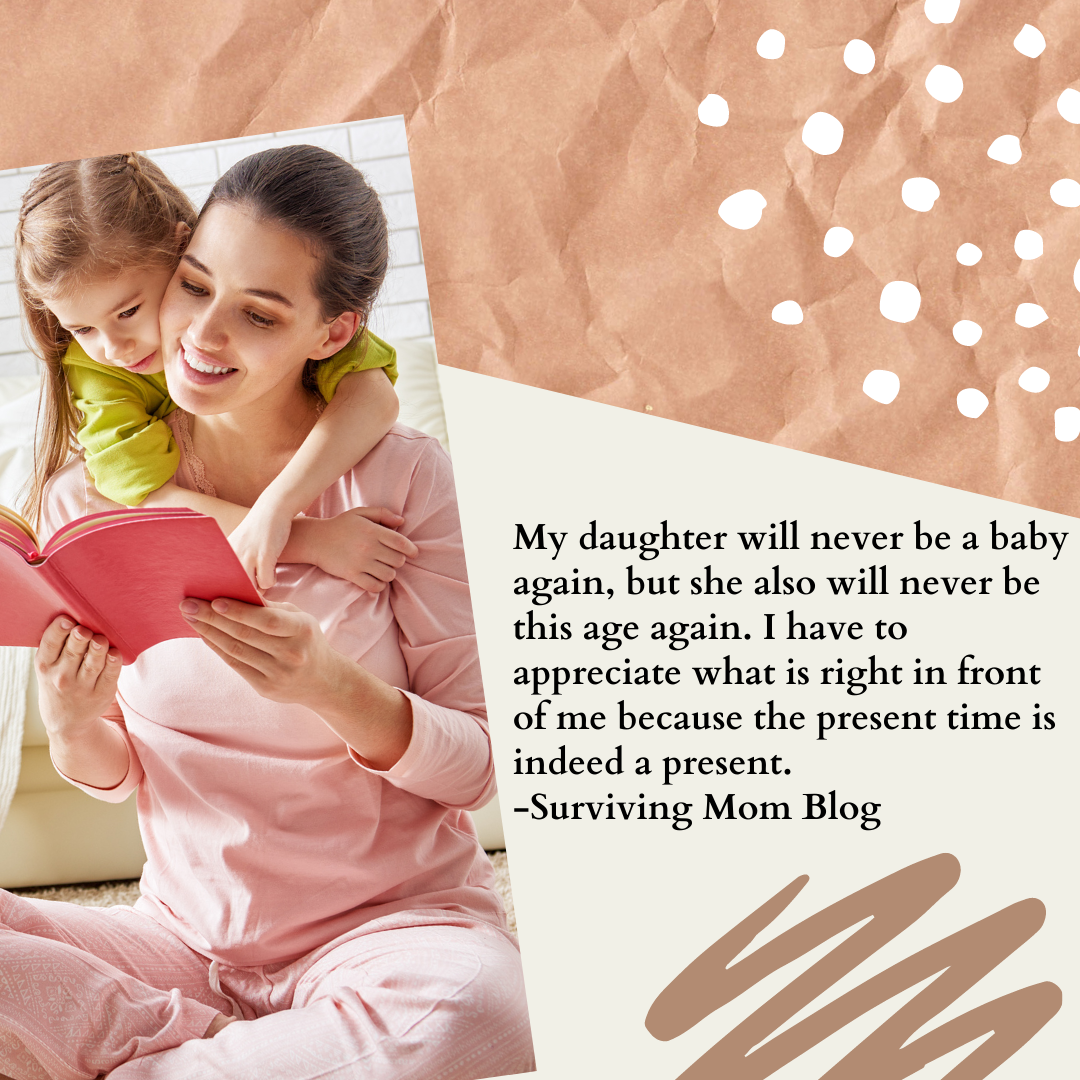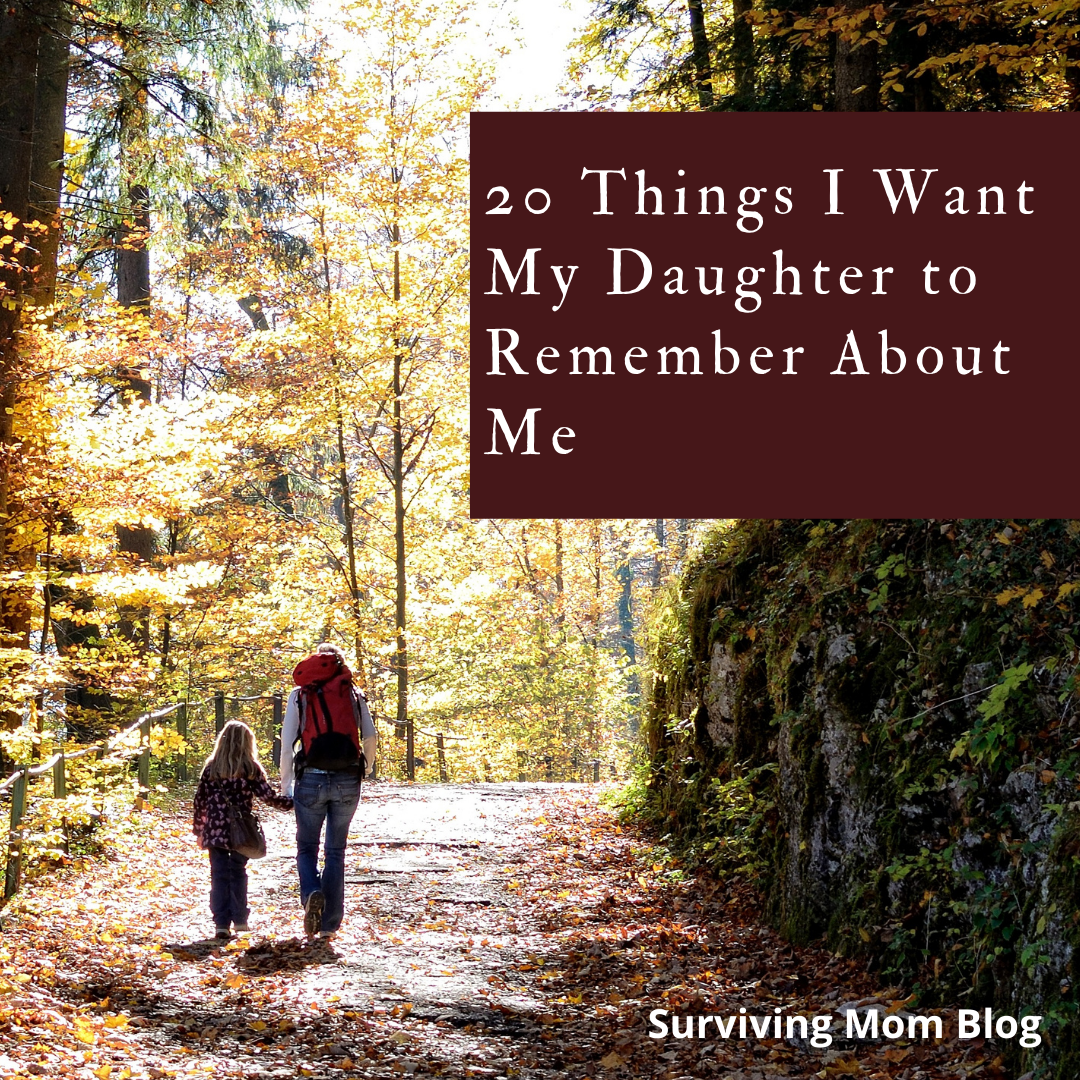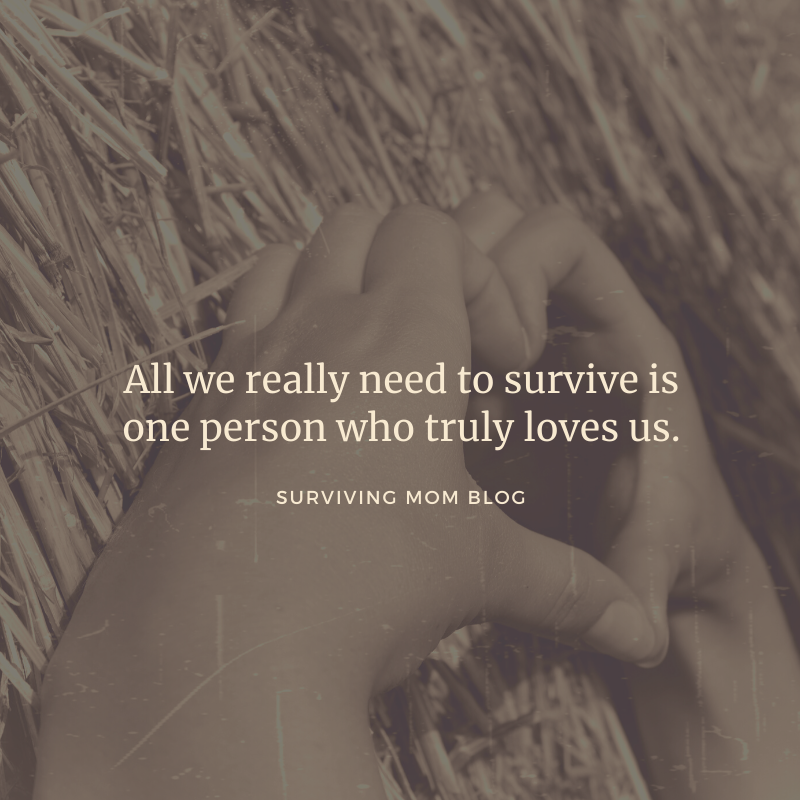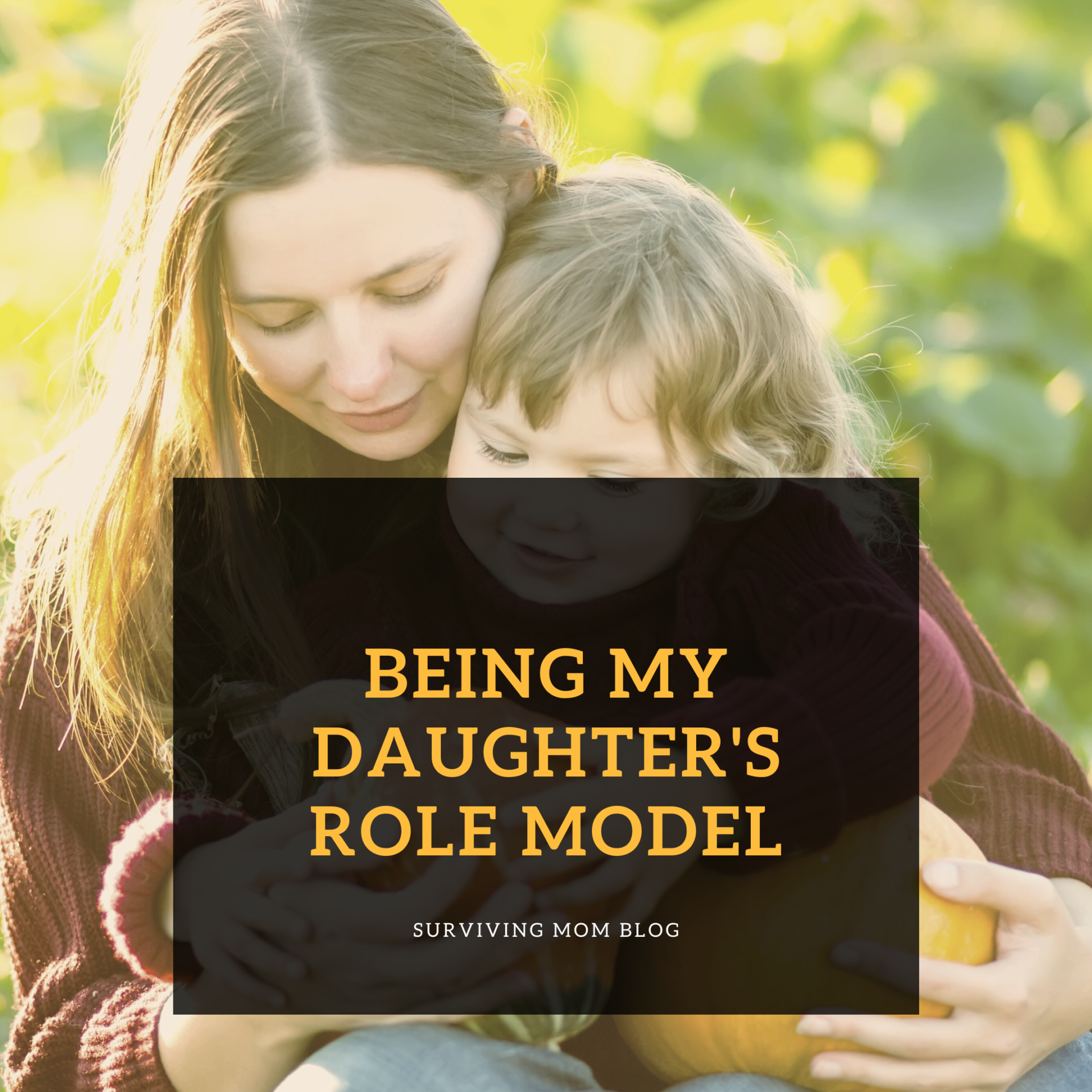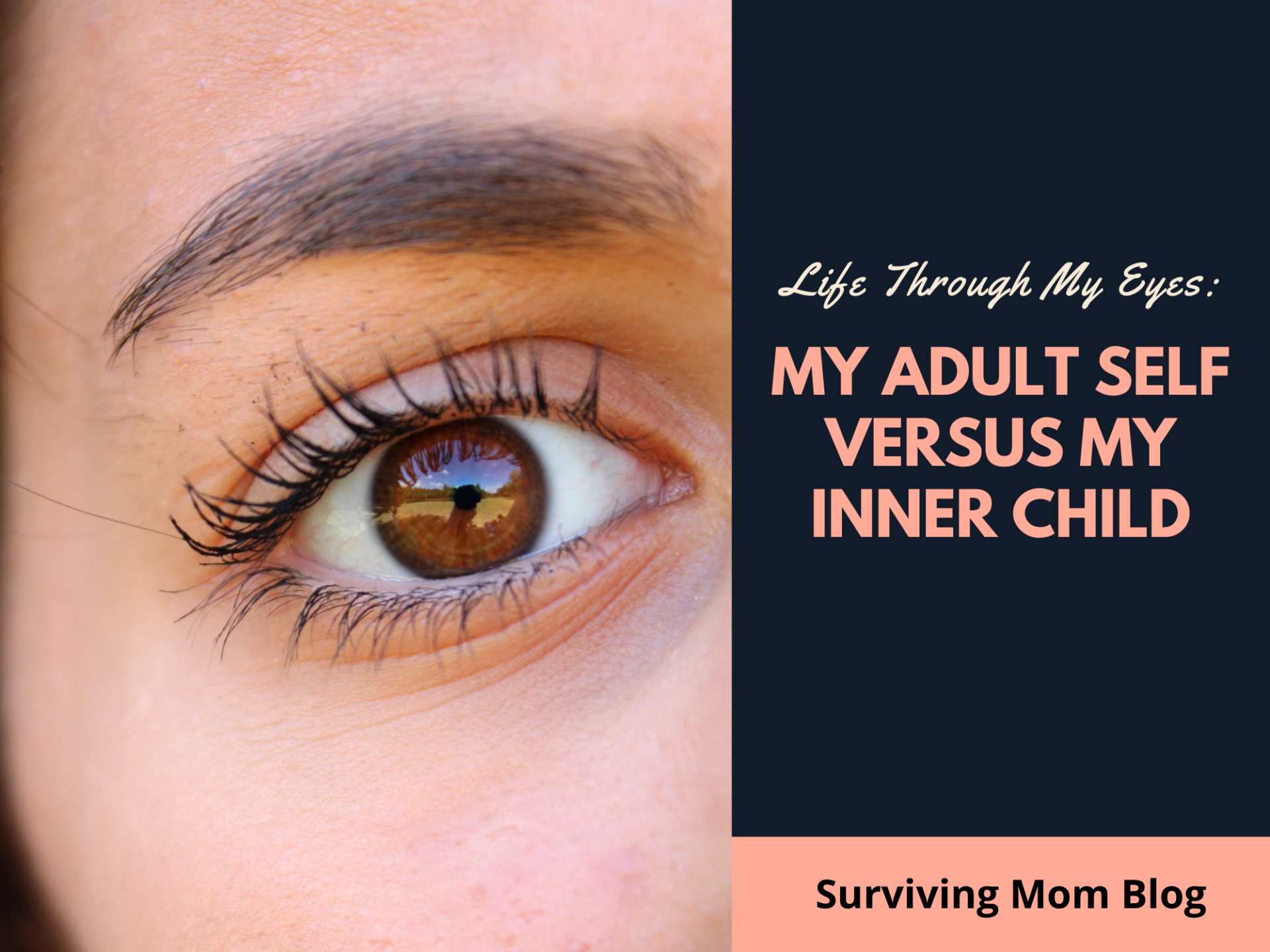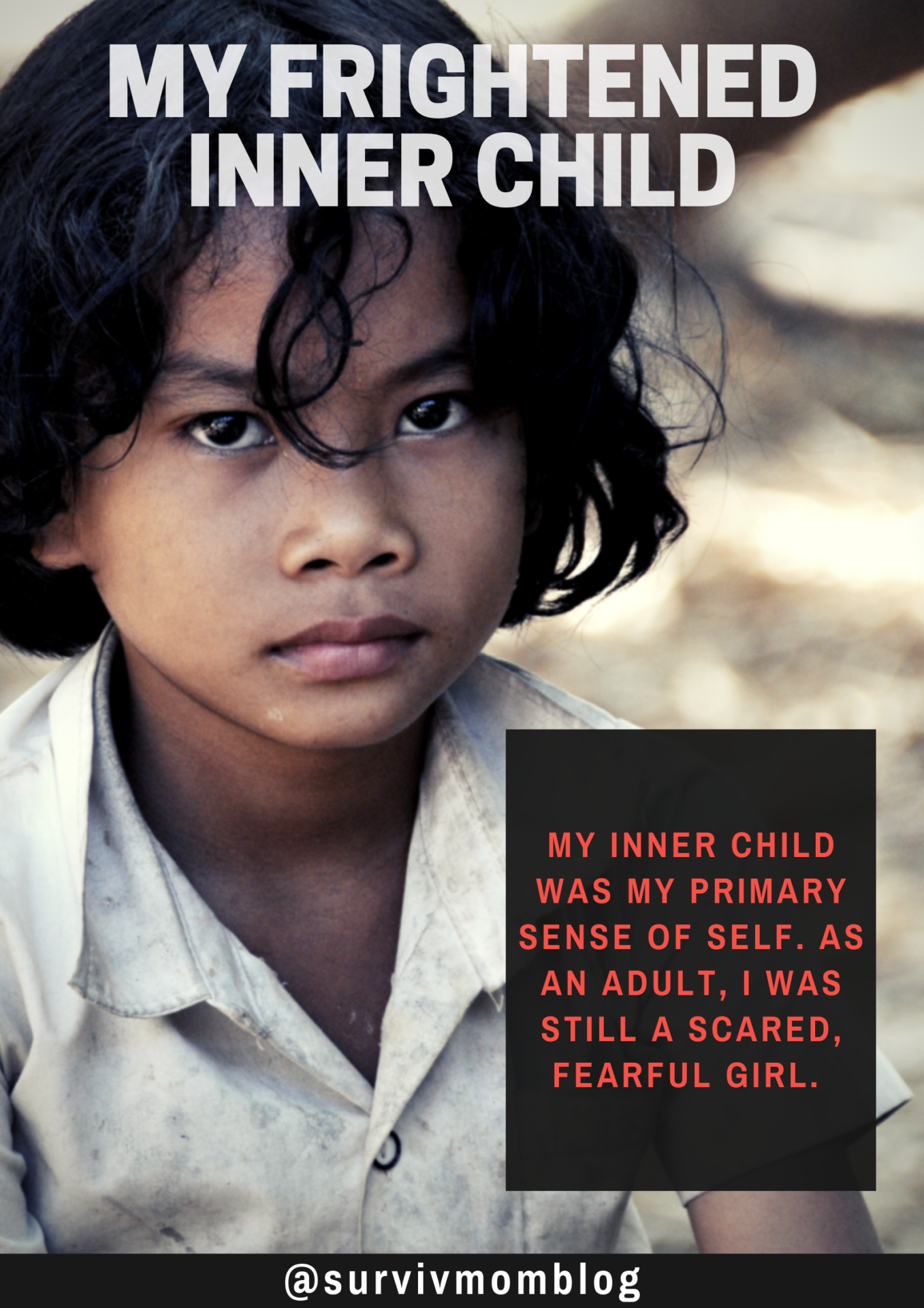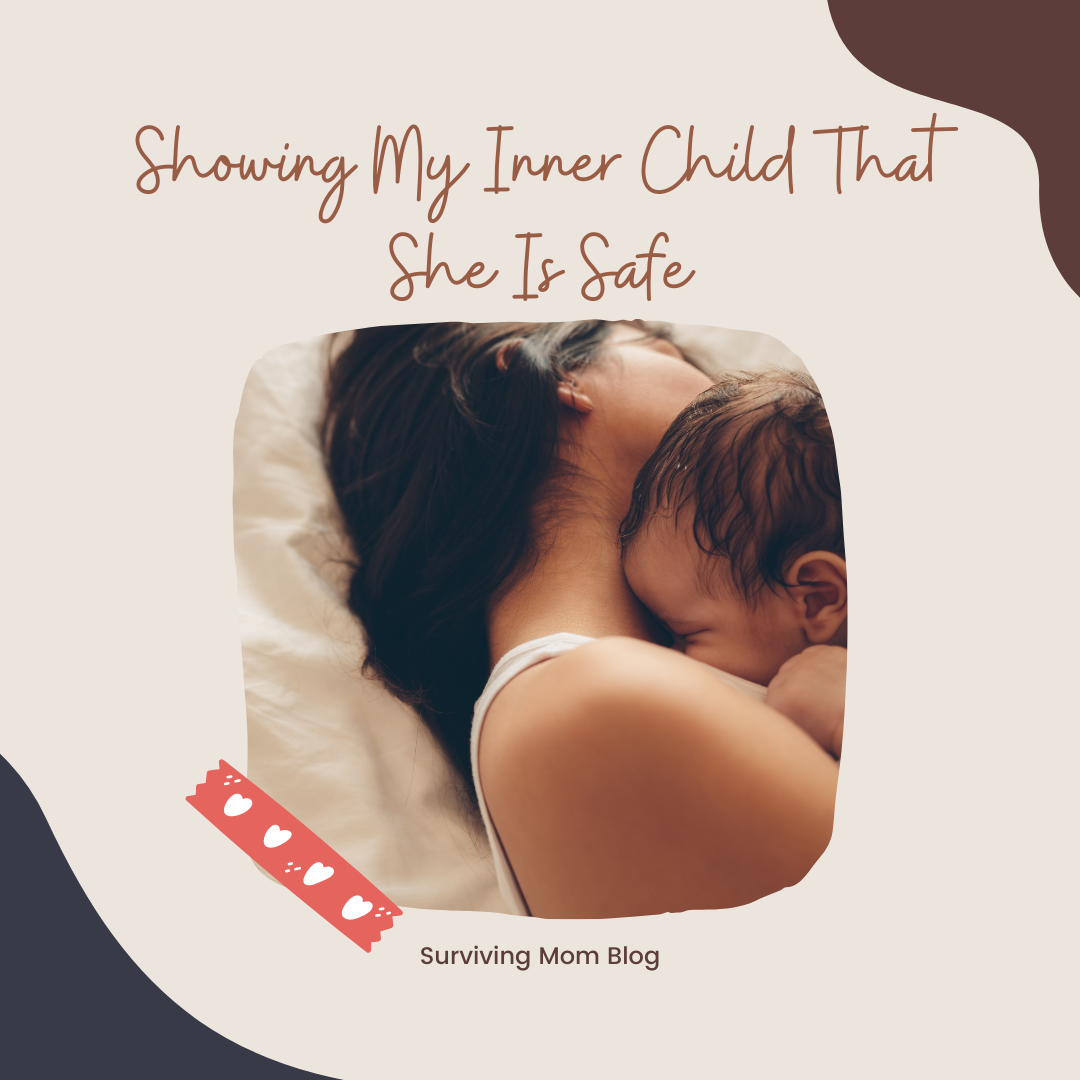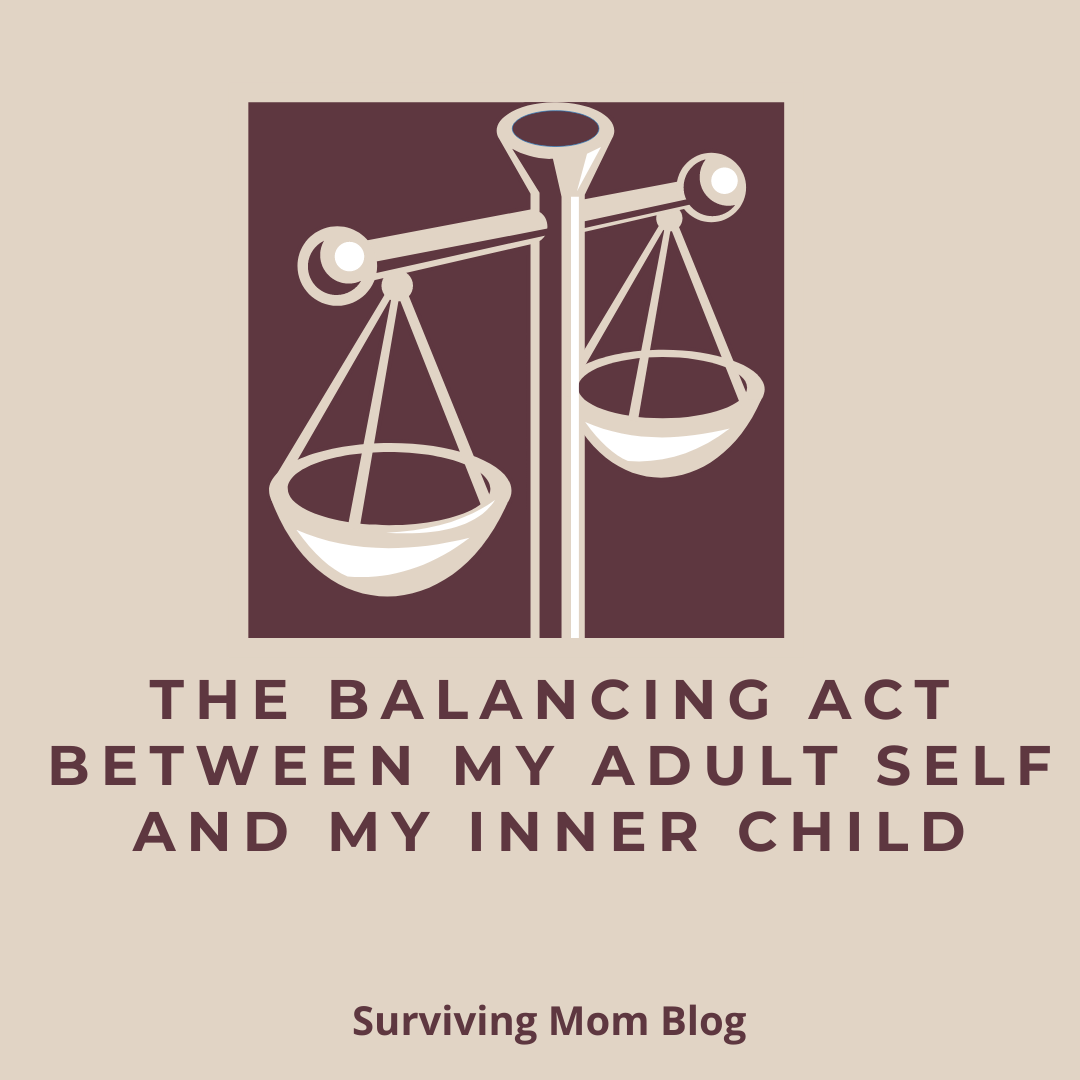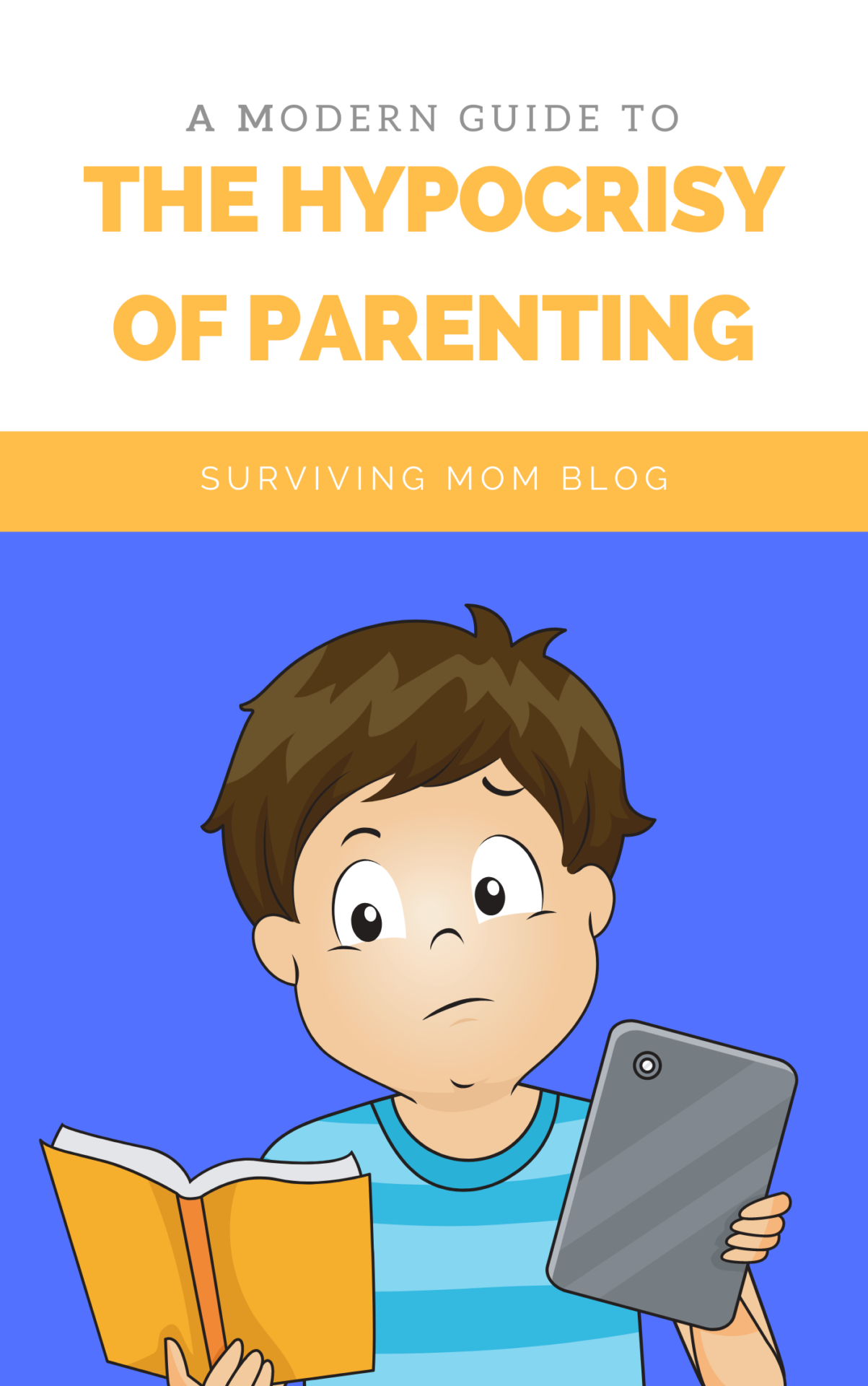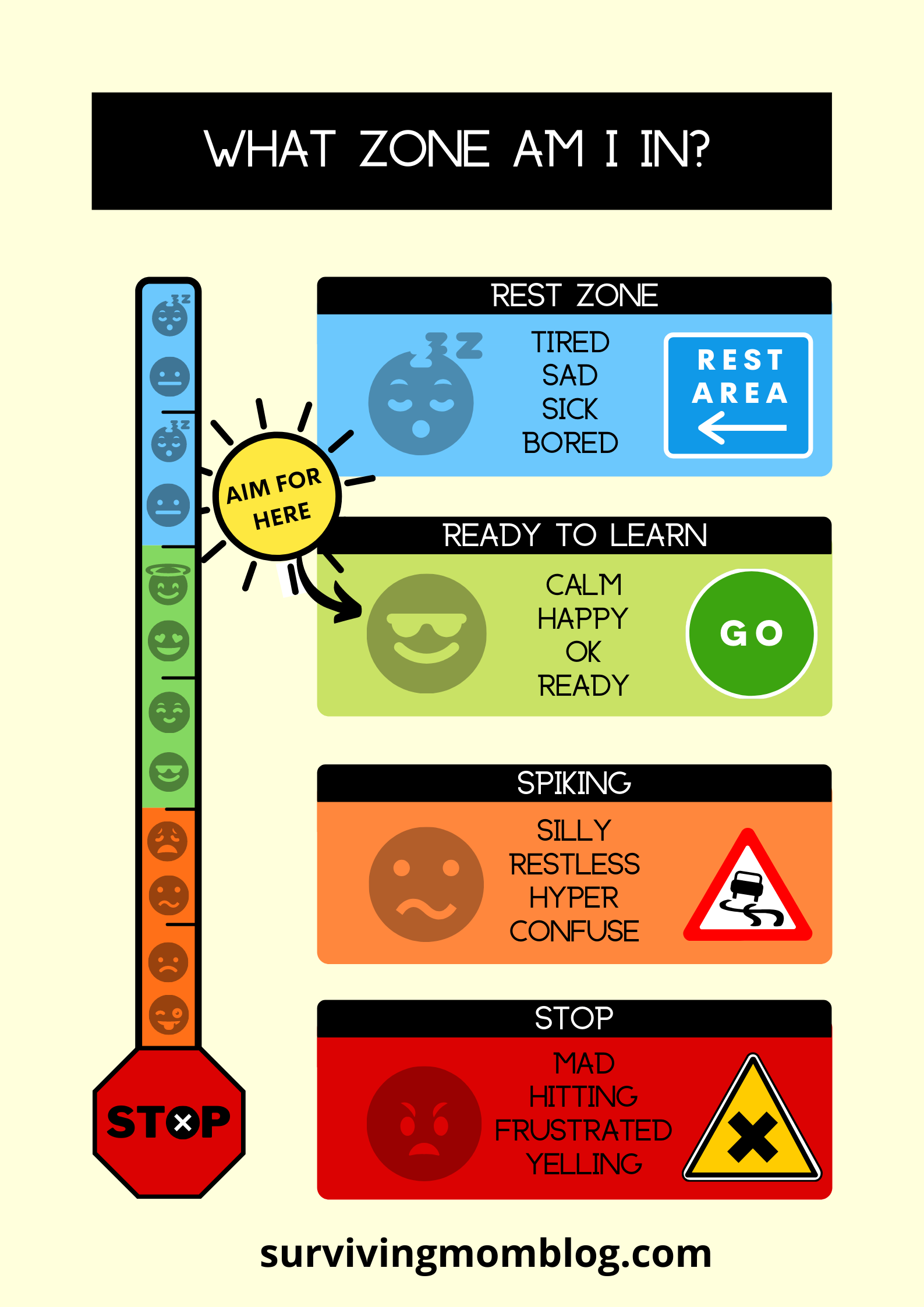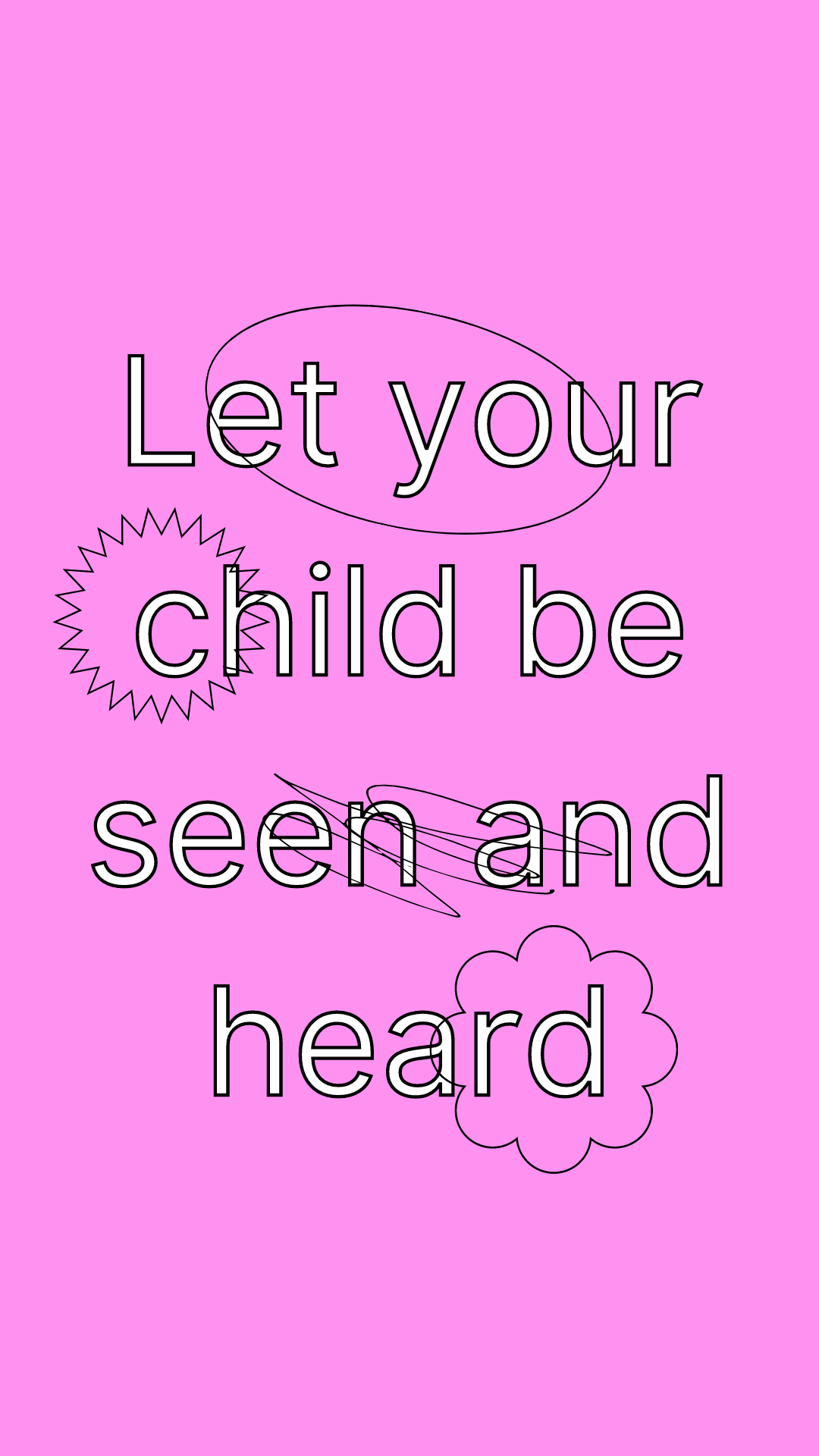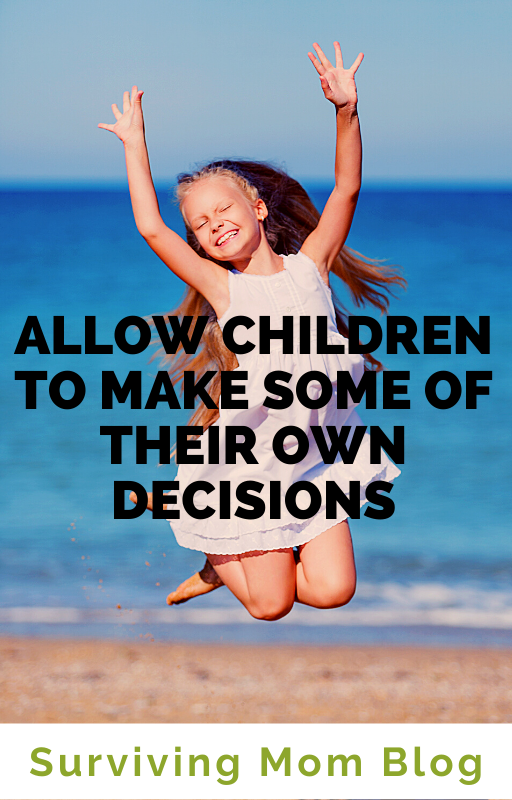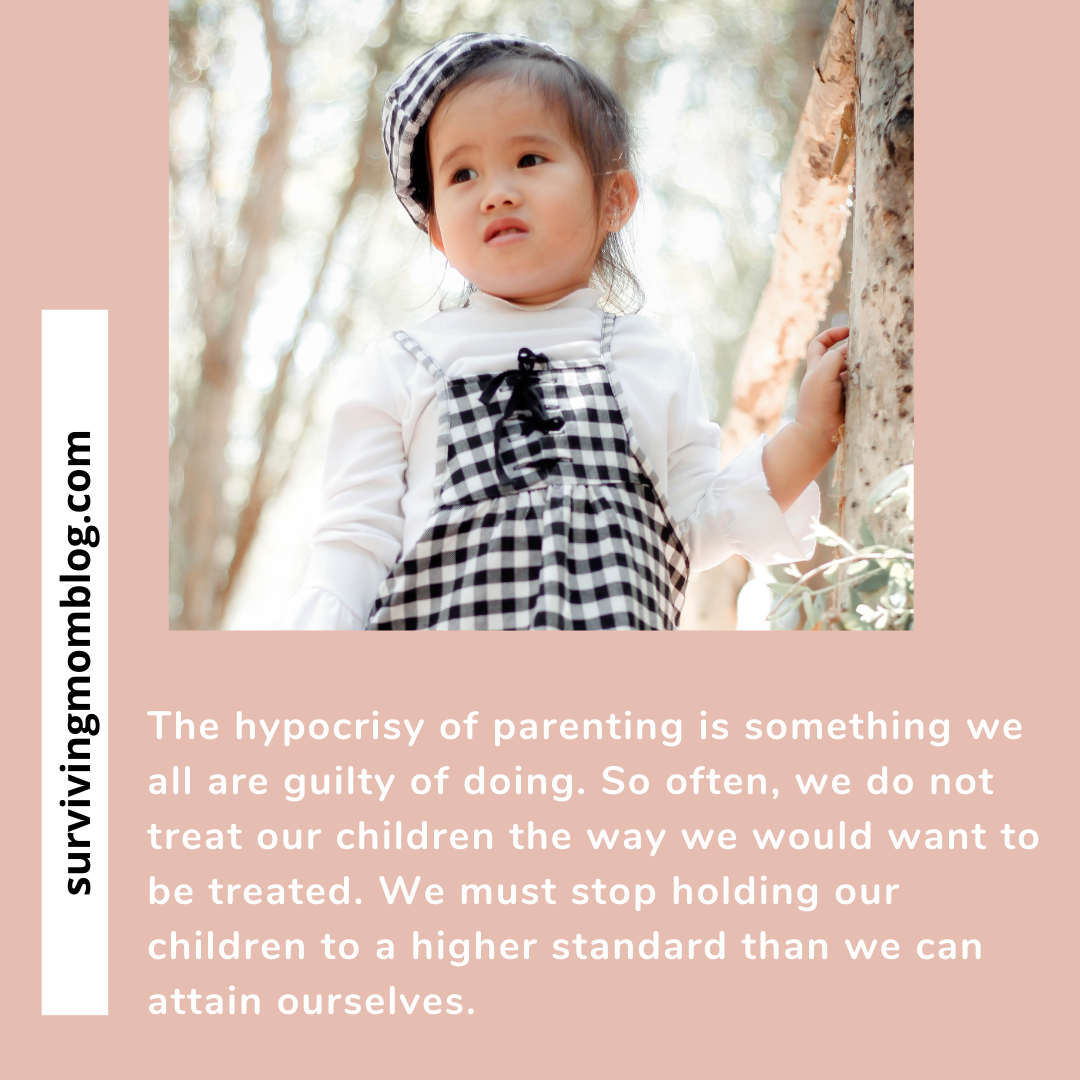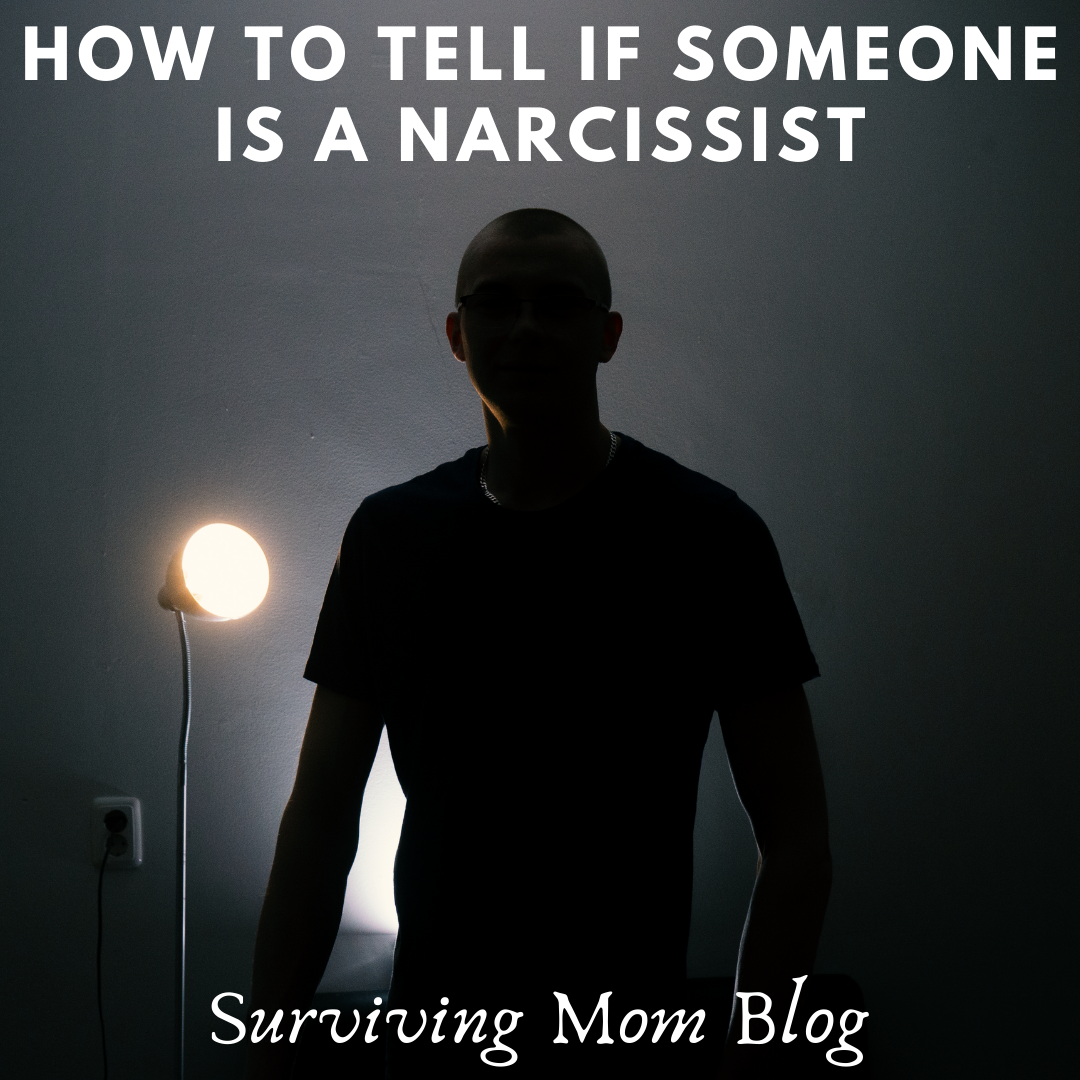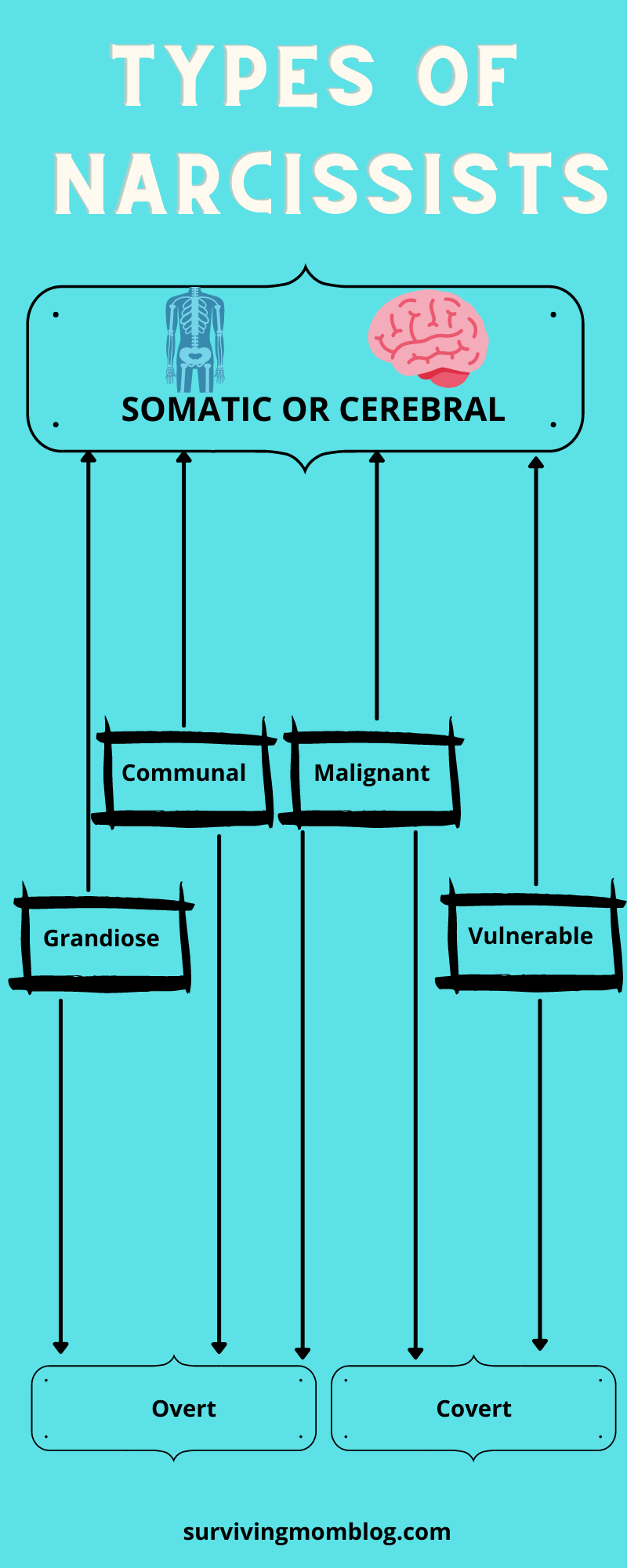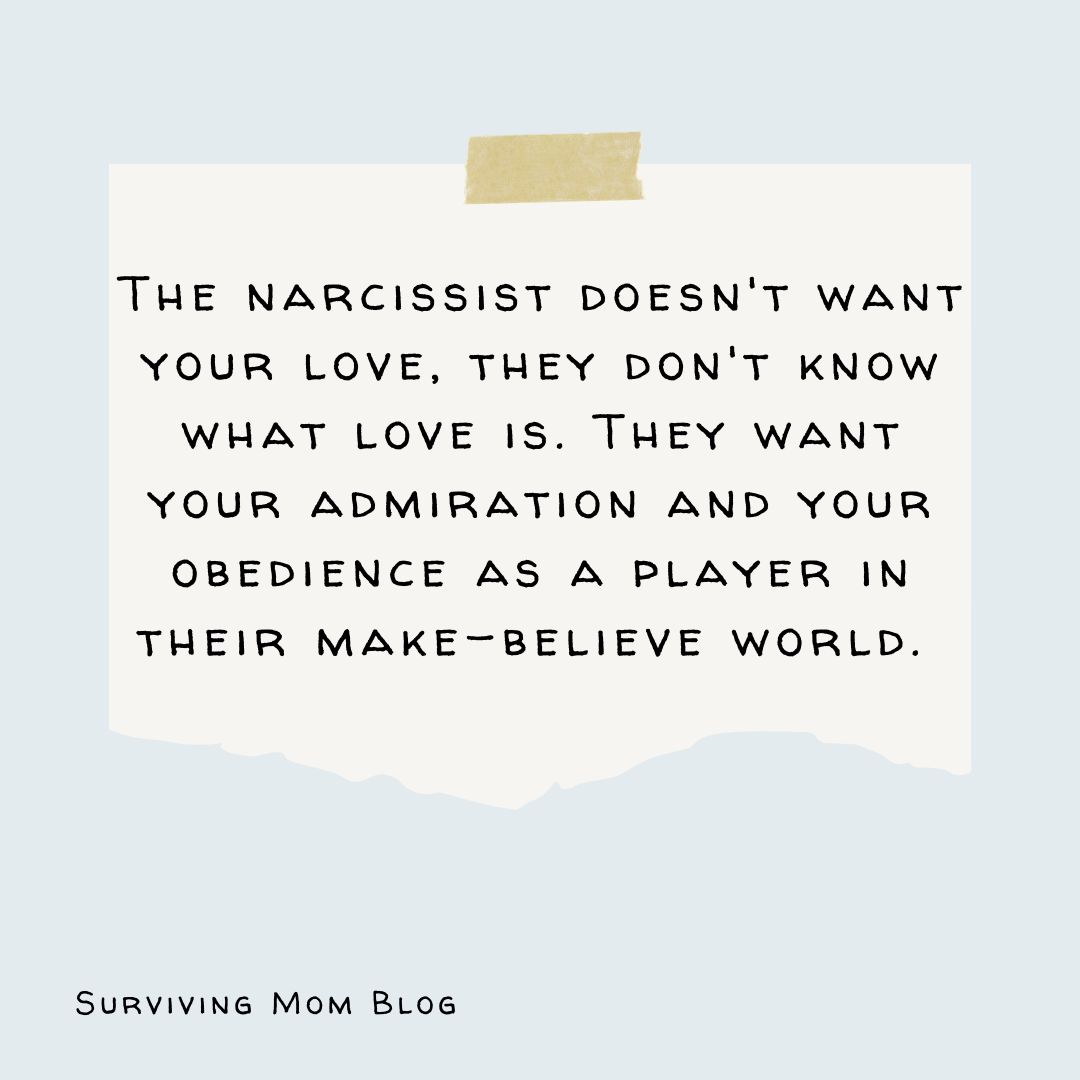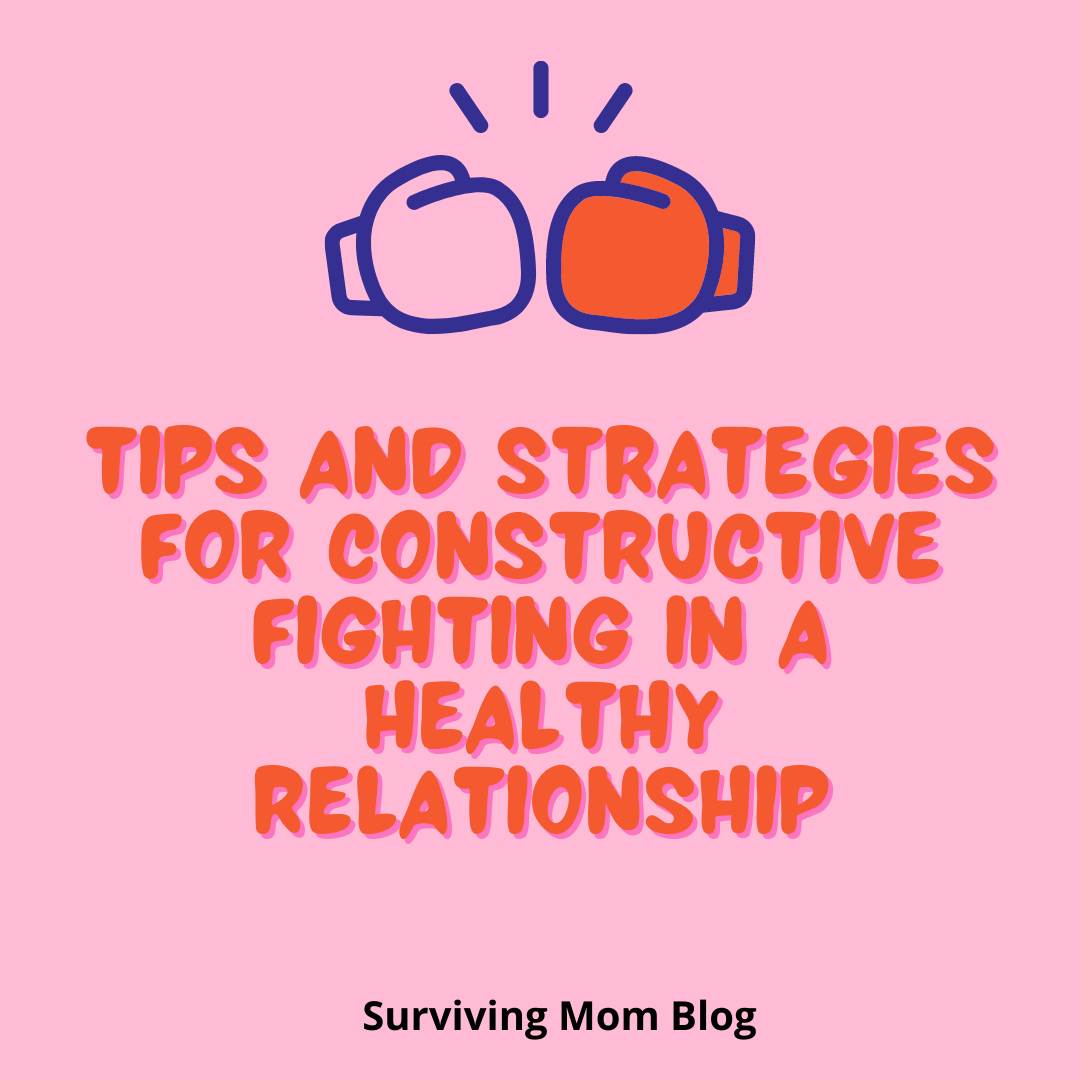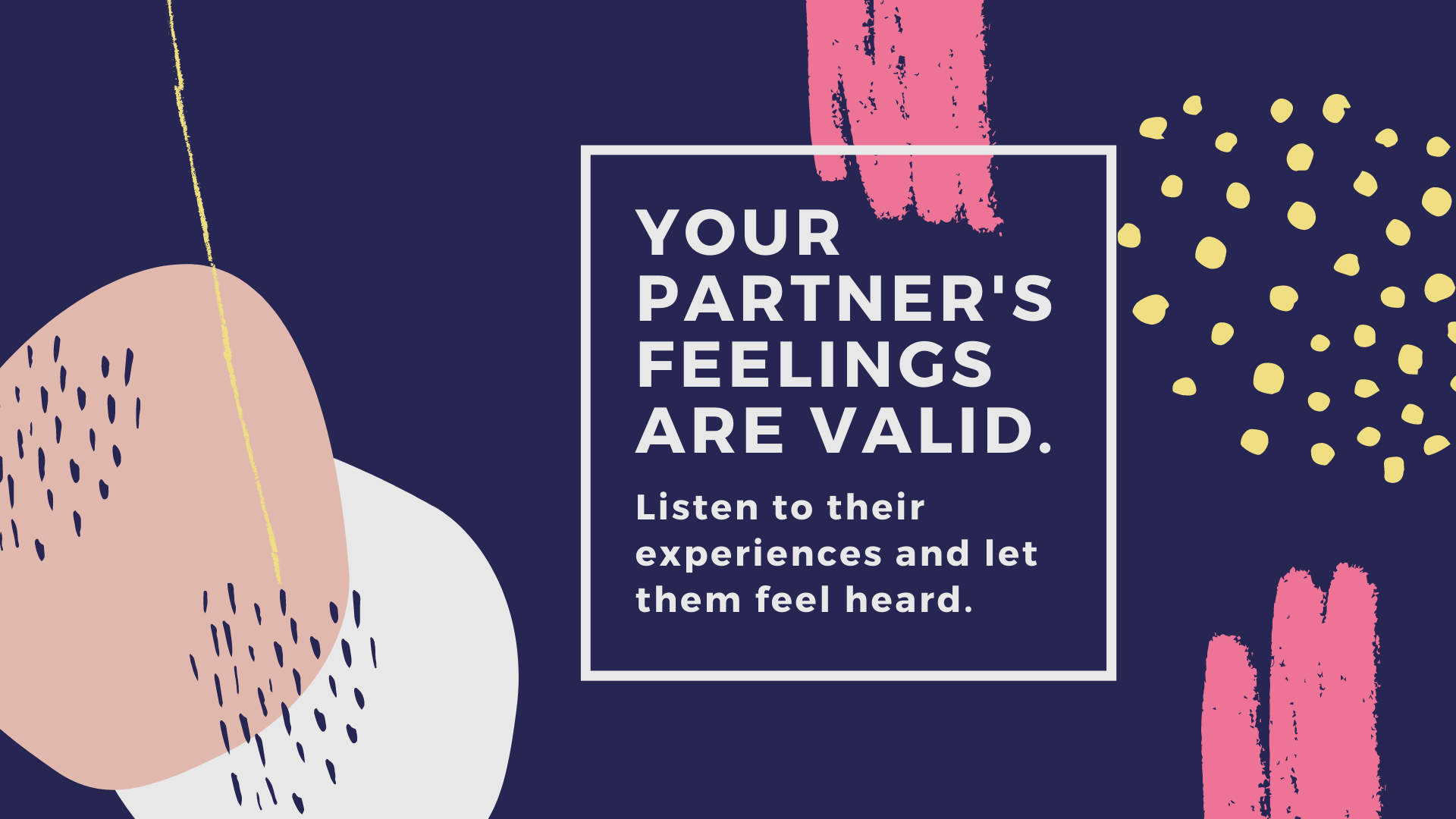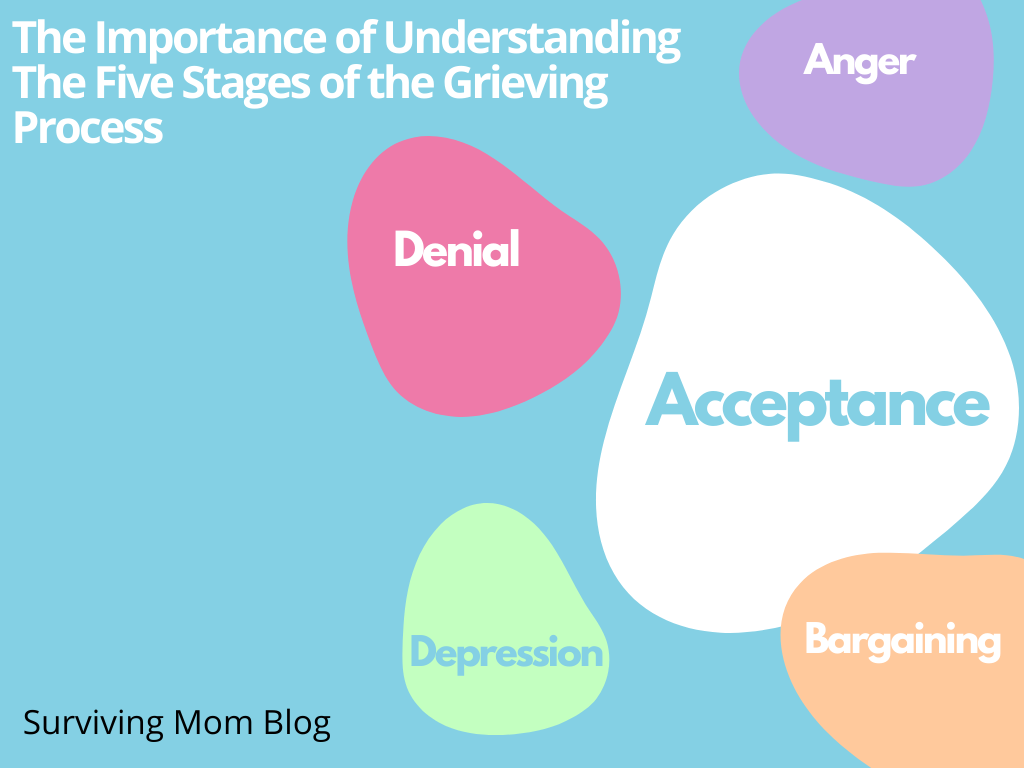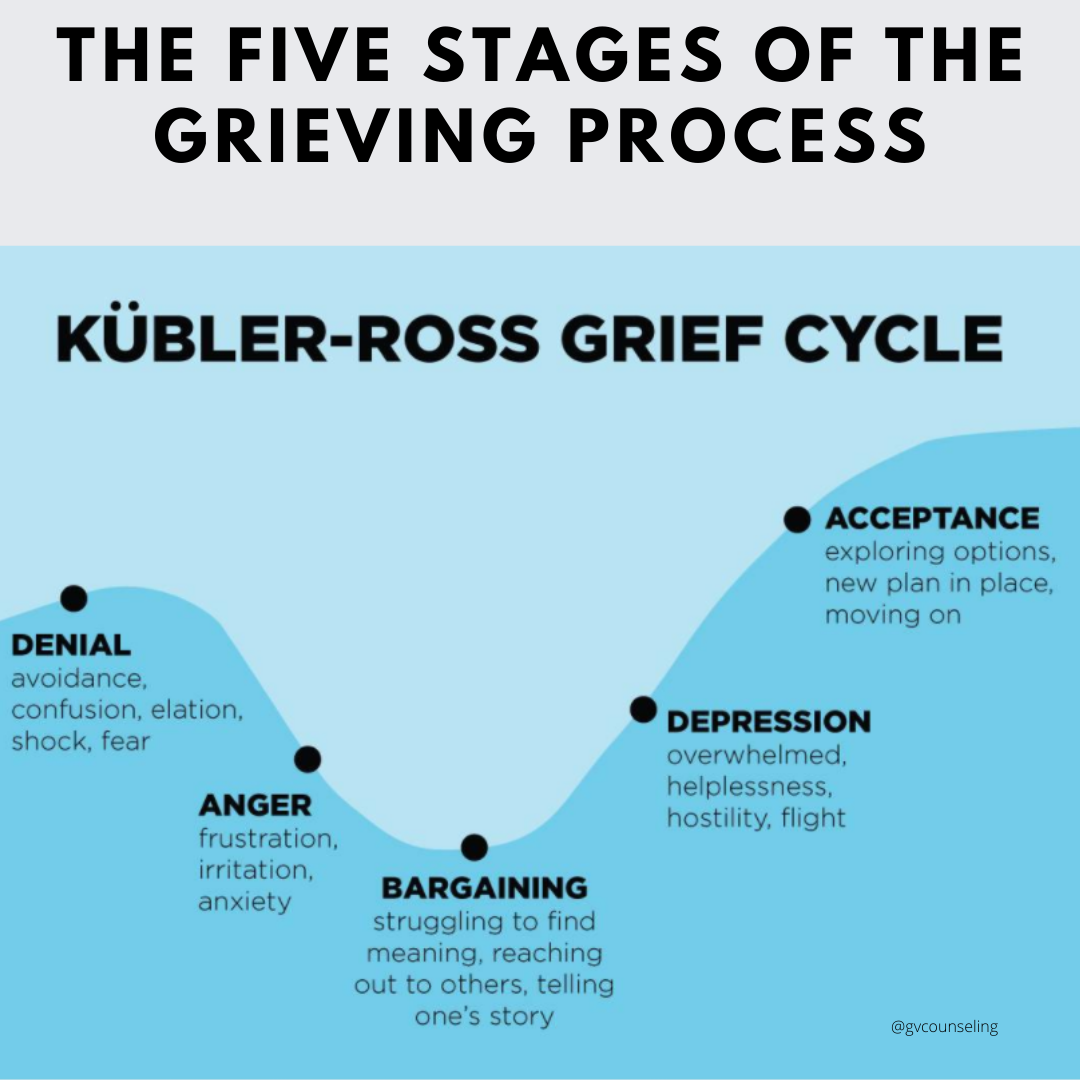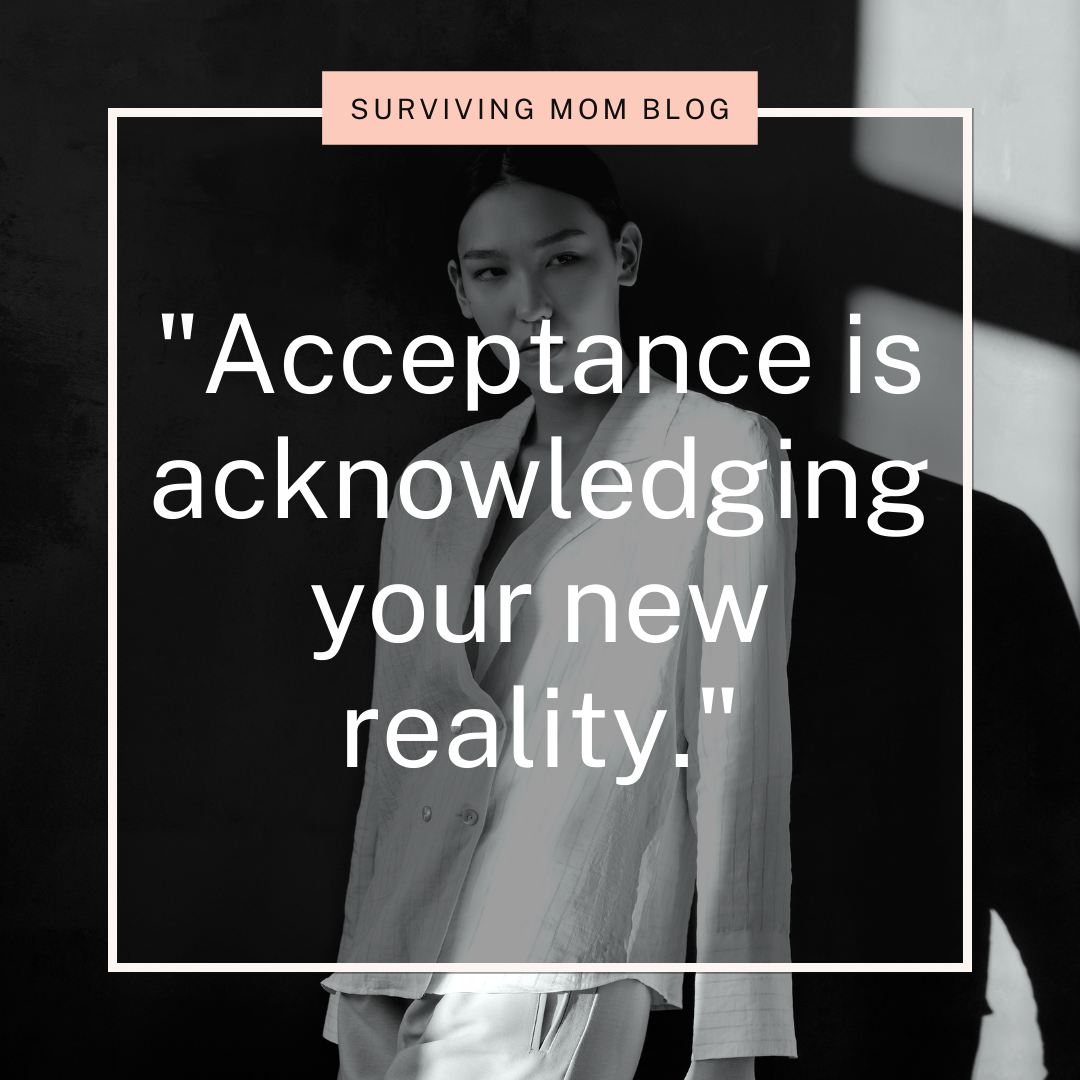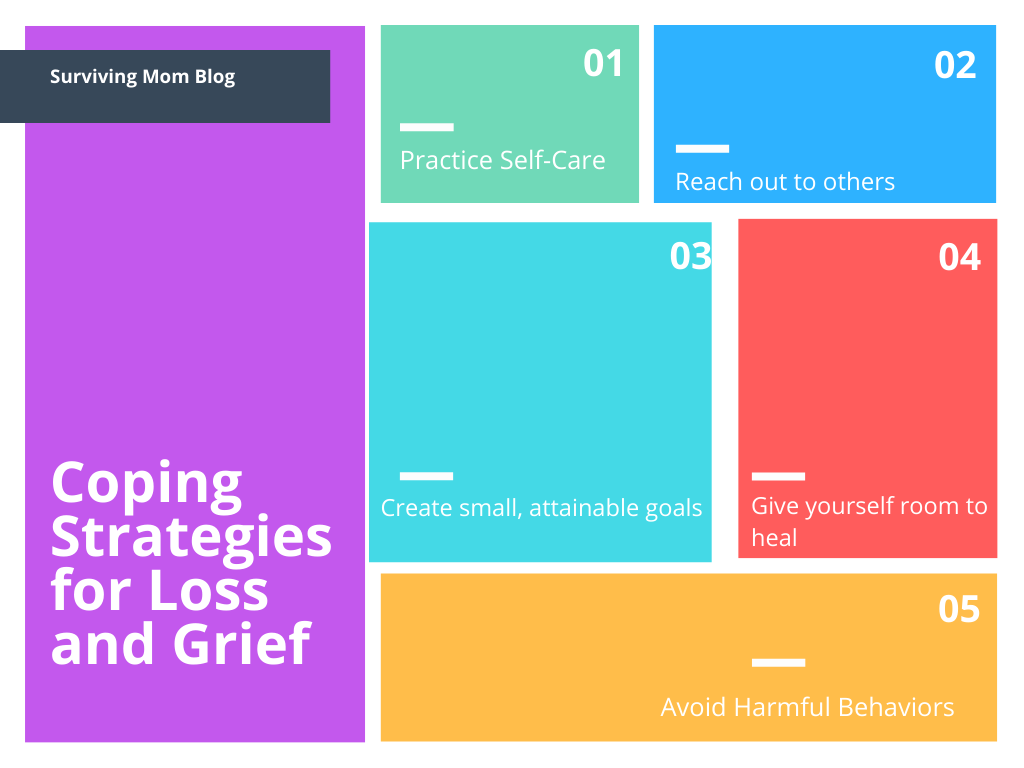
In August of 2019, my husband and I decided at the last minute that I was going to homeschool Brielle. After discussing several options, we decided to enroll Brielle in an online school called Bridgeway Academy. This article is a review of the online school and the cost of the Bridgeway Academy Homeschool programs.
* Disclaimer- I am not receiving any compensation for this review. However, if you decide to enroll your child at Bridgeway, there is a referral code you can use to take $100 off tuition: ED4DAZ2.
BRIDGEWAY ACADEMY HOMESCHOOL COST AND PROGRAM OPTIONS
Bridgeway serves grades PreK-12, and they have multiple schooling options.
The first option is individual learning.
You can customize your child’s education with different publishers for different subjects. You are also able to customize to your child’s learning style: visual, auditory, and kinesthetic. There is the ability to choose different learning styles per subject as well.
The major con for this program is that it is NOT accredited, which means they do not keep track of grades or give you a report card. As a result, your child would need a placement test to determine their grade if you chose to re-enroll your child in public or private school.
The second option you can choose is the actual Bridgeway Academy, which is the part of the school that is accredited.
There are four options you can choose: Total Care Textbook, Blended program, HOPE program (which helps children with learning disabilities), and Records and Support.

(1) The Total Care Textbook program
is primarily textbook learning. It is the program I chose for my daughter. There are some Elephango resources (addendum lessons that are online) for certain subjects, but that is the only online learning children do. You are responsible for grading all tests and papers for your child and inputting them onto their system. You also are responsible for submitting a physical education log with a minimum of 3 times per week and 30 minutes per day of physical education. The cost for this program starts at $2,100 and increases as you go through middle school and high school. You can view more information here: elementary; middle school; and high school.
(2) The Blended/Total Care Online program
is a combination of online and textbook-based learning. With this program, your child will work online for lessons across all subjects, while also continuing text-based learning. With this program, your child advisor will grade all tests and papers, but you will still have to upload their physical education time. The cost for this program starts at $2,695 and increases as you go through middle school and high school. You can view more information here: elementary; middle school; and high school.
(3) The HOPE program
is the same as the blended program, with the addition of Healing Sensory Therapy. They assess your child to determine their learning disability. Then your child gets 9 months of individualized learning disability therapy 4 times a week from Essential Learning Institute along with the blended/total care curriculum. Each session is 45-60 minutes long. The cost for this program starts at $4,095 and increases as you go through middle school and high school. You can view more information here: elementary; middle school; and high school.
(4) Records and Support-
This option allows you to use a homeschool program of your choice (from any program), and Bridgeway will keep your records, provide support if there is a technical issue, and give full accreditation. The cost for this program starts at $975 and increases as you go through middle school and high school. You can view more information here: elementary; middle school; and high school.
ONLINE HOMESCHOOL REVIEW

As I previously mentioned, with any of these options you can customize your child’s program to fit his or her learning style. Bridgeway Academy also allow you to have several different payment plan options, which you can view on their website in the links above. Each curriculum also comes with a list of electives, and you pick up to two of them. You have the option of whether you want the electives to be graded, but they still provide your child with additional educational opportunities.
After much discussion and research, we decided on the Total Care Textbook package for Brielle. With the blended program there was too much screen time, which Brielle did not respond to well. Before you get to discuss your child’s curriculum with your advisor, your child first needs to complete a placement exam. This exam is online and is done in two parts: math and language arts. It is a progressive test. For every question your child gets right, it gets harder and harder. If you get most of them correct the test will take approximately 2-3 hours to complete, but your child can take as many breaks as he or she needs.
After the test is completed, you see the results and set up a time to speak with the advisor. During that conversation, your advisor will go over the different options you have for math, language arts, science, and social studies (as well as electives). Since Brielle had extremely high scores in math, we decided to have her take the second-grade math and the other subjects were for first grade. Additionally, there are two publisher options to choose from for all major subjects.
After choosing your curriculum, it takes approximately a week for your materials to arrive at your house.
The package contains all books, manipulatives, and a selection of novels your child will read throughout the year. As I mentioned earlier, the main difference between the Total Care Textbook program and the Blended program is that in the textbook program, you are responsible for keeping track of your child’s progress and submitting grades. For the blended course, their online system keeps track of your progress and grades.
For both programs, the instructor guide and lesson plans come with daily work for each subject. It also includes additional support/alternative lessons you can do with your child. Every week or two your child will have tests in math, science, and social studies, as well as writing assignments and tests that need to be graded in language arts.
I personally felt that the Total Care Textbook program worked very well for the most part. There were some initial struggles at the beginning with figuring out how to navigate the Bridgeway system on the computer, but once Brielle and I got into a groove, it went smoothly. Homeschool lasted about 2-3 hours every day, and the rest of the time was devoted to play time. I made up a daily schedule (that I give for FREE when you subscribe!) to provide Brielle with structure, which kids need desperately during such unstable times. Brielle is a kinesthetic learner, so having manipulatives was extremely helpful along with the textbook.
The major pros to Bridgeway Academy are that you have the flexibility to teach your child on your own schedule.
You can decide how much time to devote to each subject, and you can decide the pace for your child. We were able to finish the curriculum by the end of April, and we took off for several weeks to accompany my husband on work trips. That convenience is a big plus. Another pro is that the cost of Bridgeway Academy is more affordable than many of the other online accredited homeschool programs.
In my opinion, the one major con with Bridgeway Academy is that there is no instructor led option.
You can purchase elective classes that meet one time per week for approximately two months, but those are offered at an additional cost. You are responsible for being the full-time teacher. It is your responsibility to teach your child all the subjects. There are NO teachers that support your child’s needs or give you a break.
Last year we had more time to plan which homeschool program we would use for Brielle. We enrolled her in Georgia’s online public school, Georgia Cyber Academy. It is free, which is a huge plus. They also have teacher-led online instruction, but the amount of computer-led instruction was an issue. We hoped to work something out with the teachers where the screen time would be more limited. We felt comforted in knowing that we could enroll her in Bridgeway Academy again if Georgia Cyber Academy was not a good fit.
We were told that accommodations would be made due to our daughter’s IEP; however, on the first day of school they changed their minds. They wanted to see how Brielle would do without any accommodations and then limit screen time down the road. I will not put my daughter in a situation that isn’t good for her with the hopes of it changing. As a result, we put her back in Bridgeway Academy, and she is there again for this school year.
I hope you found this information helpful! Remember that each homeschool journey is unique and there is no right or wrong way. Give yourself compassion and grace while homeschooling. Also remember that it takes time to adjust to a new way of teaching and learning.
Feel free to comment below or email me with any questions!
